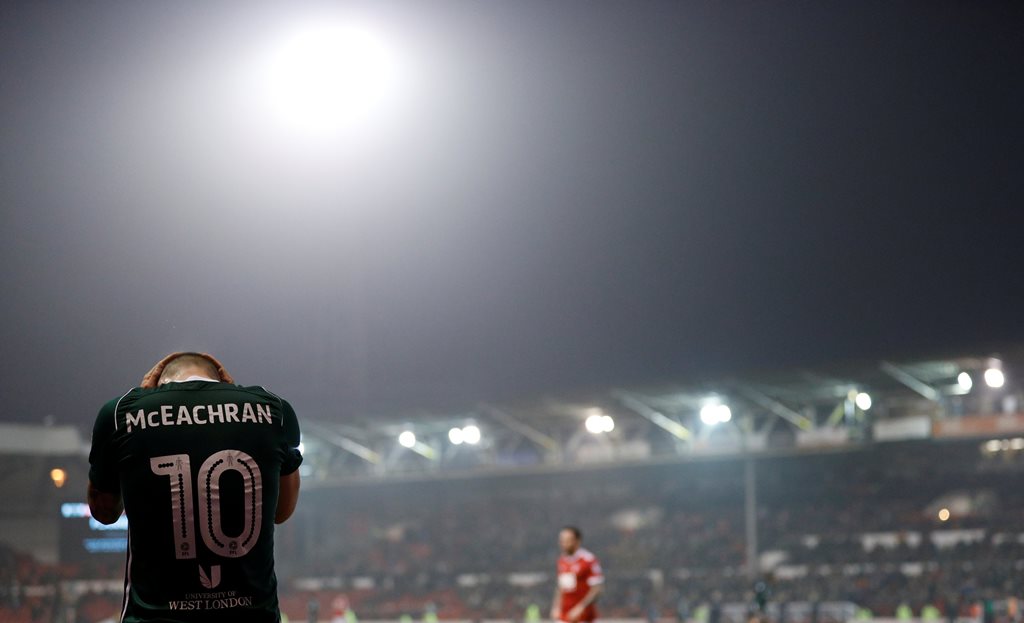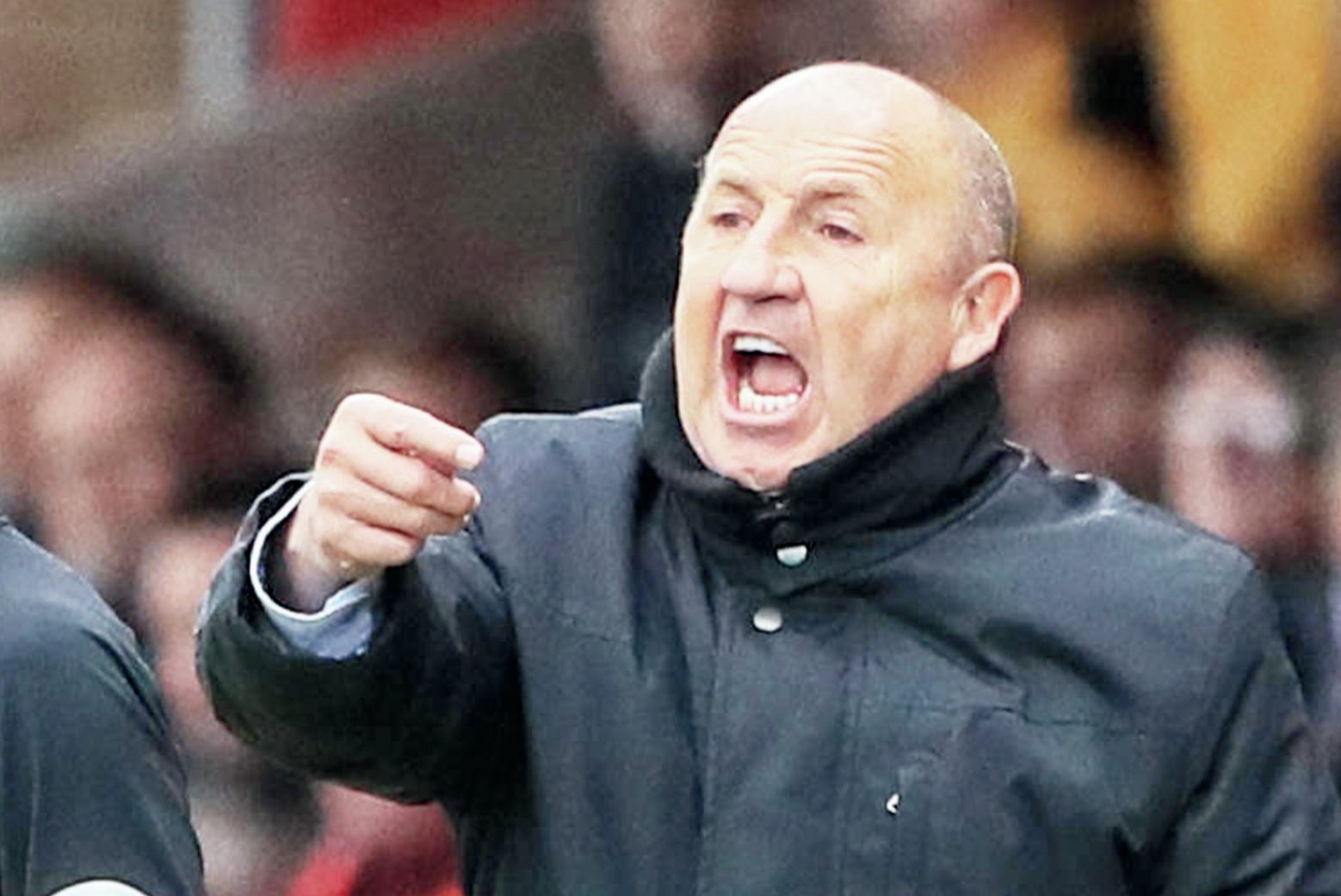
The Harry Kane’s of the world are quickly becoming a rarity. When Harry Kane scores a goal for his club, Tottenham, it means more than just a goal or winning a game. For the fans, watching the player grow through the system is an exciting experience, particularly when, in Harry Kane’s case, that player becomes one of the best strikers in the world. But for the majority of Premier League teams, youth players who make it to the starting XI are becoming rarer and rarer, resulting in frustrations from the players and from the fans. It is even more difficult for players who work hard like Jamie Vardy to work their way up from Non-League to join Premier League clubs during their career, showcasing a series of holes in the Premier League. Here, we’re taking a closer look at why youth players never seem to make it into the first-team in the Premier League.
Review & Overhaul Of The Academy System
One of the developers of the English football‘s modern youth development programme, Howard Wilkinson, has recently called for a full review and overhaul of the existing academy system. The architect of the programme has criticised the top clubs in the English Premier League for failing a moral responsibility of offering opportunities for their young players to progress and grow within the club. With a high release rate which is suggested to cause serious mental health problems for young players who are progressing through the system and having their dreams of a professional career shattered. It is suggested that while a small elite group may be taken on full-time within a club’s academy, 99% of these players will not progress into professional football careers. Despite having incredible facilities and youth coaches who are some of the very best in the world, we are already seeing hundreds of boys being released from clubs year-on-year, which is already having a dramatic effect on the England national team, while also impacting the youth players in the long term. It is believed that first-team players should be responsible for progressing the players’ careers and doing more to look after them.
Money
But why are Premier League teams turning away from their homegrown players? One of the main reasons is money. When it comes to smaller football clubs, cost-efficiency amongst their team is of the utmost importance. Young players are typically cheaper than those who have already made a name for themselves, and as a result, a club is able to build a much more cost-efficient side than sourcing players from abroad. However, when it comes to clubs like Chelsea, who happen to be one of the richest clubs in the world, their revenues are able to attract some of the world’s best and most popular players. And what club would turn down the world’s best talent, which has the potential to help them win titles and championships? The Premier League is the world’s largest, most heavily sponsored and bet on football league in Europe, and with its worldwide coverage from more than 150 countries, the revenue that the league and the clubs within it are able to generate is phenomenal. With the most expensive player in the world at the time, Paul Pogba, being purchased by Manchester United for a whopping fee of €105 million, it is easy to see how much money the clubs have to spend on some of the world’s top talent, further pushing homegrown talent away.
Chelsea Criticised For Lack Of First-Team Opportunities
Chelsea have been one of the biggest teams in the Premier League to have been criticised for its lack of first-team opportunities. In October 2017, Charly Musonda scored for the club on his full debut, which led to him believing that his big break to become a first-team starter, or even just a substitute, had arrived. But alas, that was not the case.
He stated on Twitter: “You sacrifice, you work hard, harder, you give more than what’s expected, and often more than you can. And what do you get back? Literally nothing… done”.
John Terry was the club’s most recent regular first-team player to start at the club, and he left the club at the end of the 2016/17 season to join Aston Villa. Despite the youth team for Chelsea doing an exceptional job over the years, with six FA Youth Cup wins in eight seasons, the youth players still seem to be unable to make the first-team. With 2% of league playing time in the first-team being from homegrown players in the 2015/16 season (compared to Arsenal‘s 15%), it really is becoming a big problem for the club, and also for the league in general.
Increasing Quality In The League
In 2015, it was reported by the CIES Football Observatory report that just 11.7% of top-flight players graduated from their club’s academy. In the 2017/18 season, the report suggested that this had dropped even further to just 10.3%. While these figures can be particularly alarming for those who remain within the academies in England, it could be an indication that it isn’t just a failure on the part of the top clubs to give these opportunities to their younger players, but that the quality of the academies isn’t as great as what foreign academies can offer.
Technical skill and speed in the Premier League have evolved over time with the integration of expatriate players, meaning academies will need to improve their coaching. Instead of focusing on the numbers of homegrown players in the Premier League, perhaps the focus will need to move more towards the size and breadth of England’s most state-of-the-art facilities. The Premier League and its academy process are changing, and players should not expect to be the next Harry Kane or Francis Coquelin without spending a significant amount of time on loan or even sold to another club to gain further levels of experience first.













